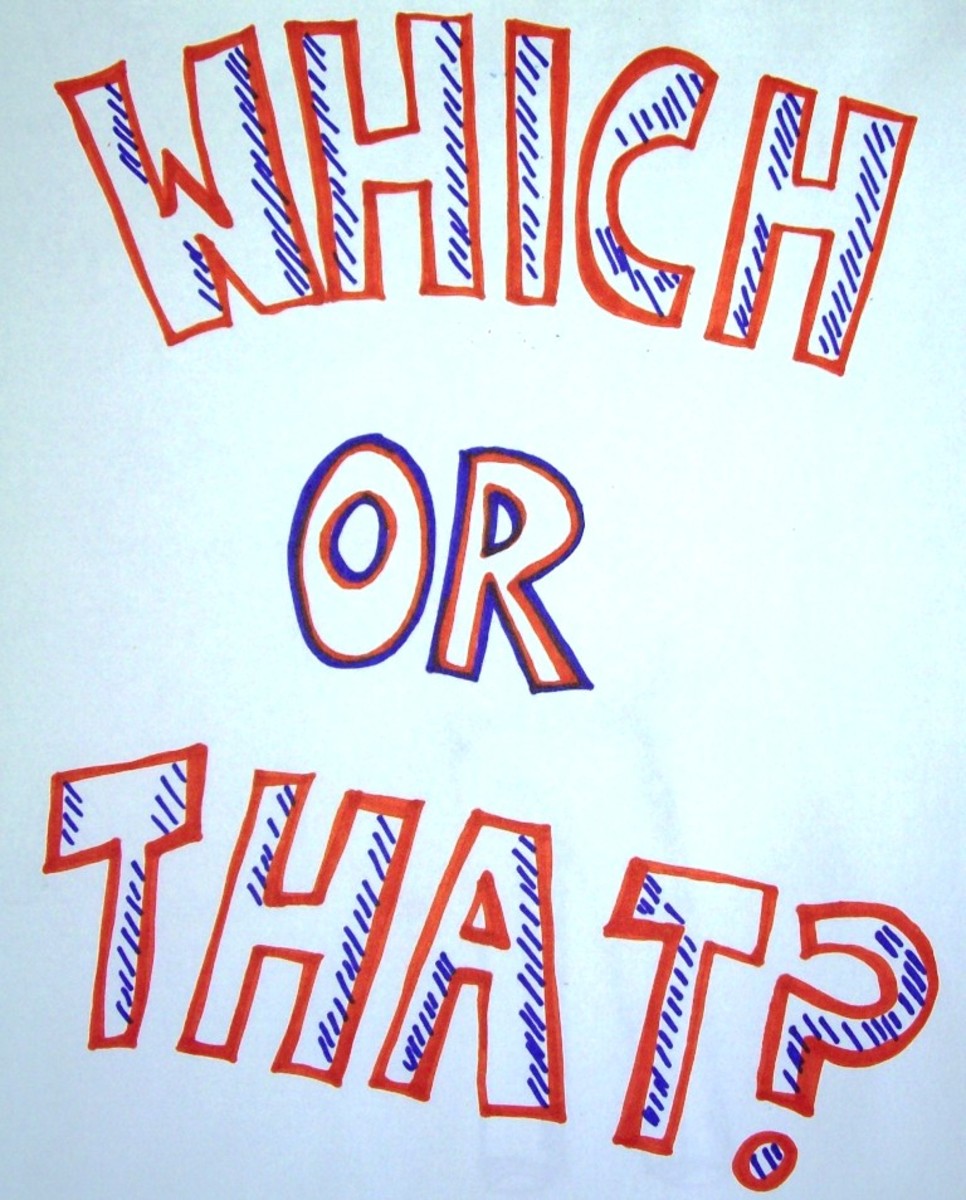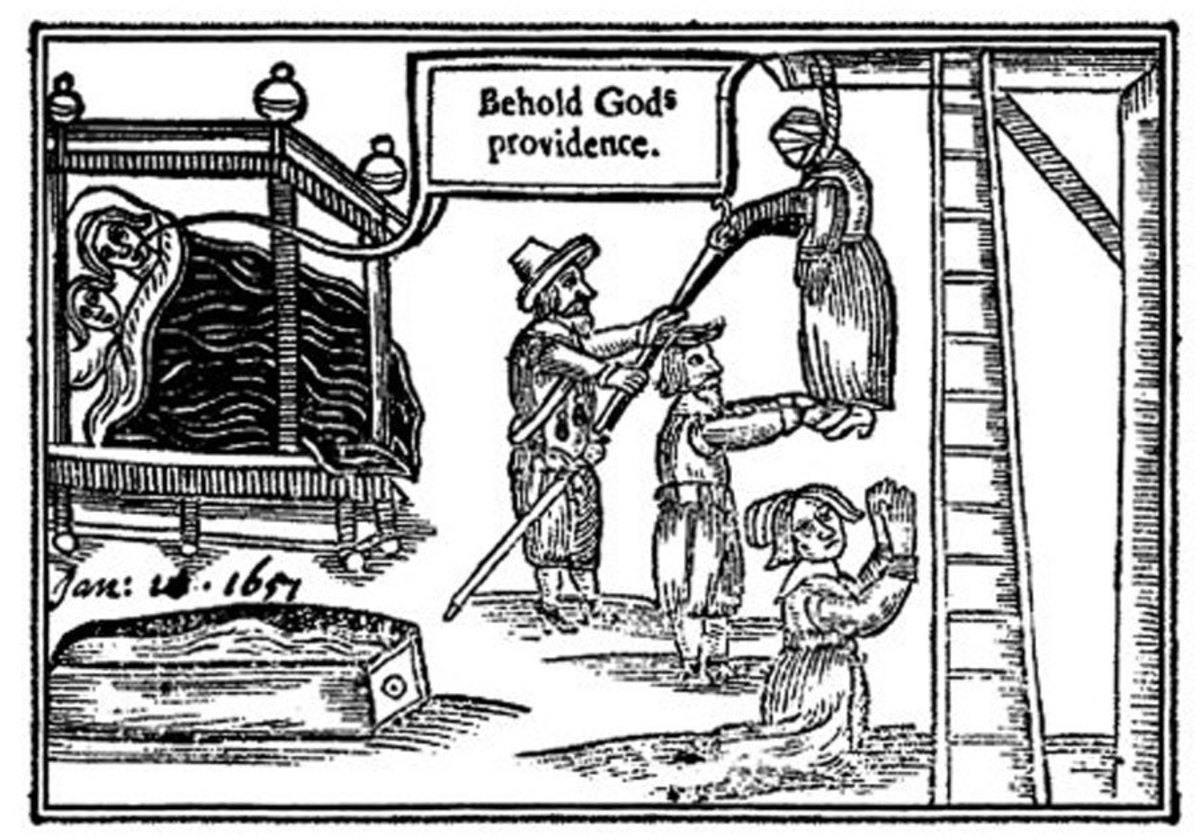What is Passive Voice?
What is Passive Voice?
Passive Voice Matters
Passive voice is the bane of writers, particularly newer ones. It sneaks into sentences while the writer is looking elsewhere; it plagues the short story and renders it listless; it takes a fine paper on Chaucer and makes it dull to the core. While some few exceptions exist that allow for the use of passive voice, they pale in comparison to the overwhelming number of scenarios in which active voice proves best.
In truth, few writers - even experienced ones - can define passive voice, let alone fix it. This article will (1) define and discuss passive voice, (2) offer examples and answers to help writers learn to identify passive constructions, and (3) offer quick tips for recognizing passive voice on the fly.

Passive Voice Defined
The Quick Version
Passive voice is the placement of an object into the subject slot of a sentence. In other words, that which performs the action of the sentence is NOT in the subject position of that sentence.
Example:
- "The wall was scratched by the cat." Passive.
- "The cat scratched the wall." Active.
In this case, the wall is not responsible for the act of "scratching." Nonetheless, the writer has positioned wall in the subject slot of the sentence. To fix this construction, the writer simply switches "by the cat" and "the wall" to create "The cat scratched the wall."
Inherent Weakness of Passive Voice
So What's the Big Deal?
You may have heard an English teacher drone about the horrors of passive voice without quite understanding the drawbacks. For those native speakers who have not yet developed a keen sense of rhythm or clause strength, and certainly for new English learners, using language like 'strength' and 'weakness' to describe clauses might seem strange, even subjective (and sometimes it is!). However, with grammar and writing practice, those attributes which lend a clause strength become more visible and the inherent weakness of passive voice more apparent.
To put it simply, passive voice robs a clause of those attributes that make reading enjoyable and easy for the reader. For this reason, writers should strive to avoid it.
Passive Voice Exercises
Find the Passive Clauses
- Anna read her favorite book.
- The dog barked at Tim.
- The ocean was polluted by the irresponsible corporation.
- The sign was vandalized by Amanda.
- James's little brother was hit.
- The otter swam on its back.
- Gary was frightened.
- The day after the dog chased Emily, it was killed by a car.
Did you find the passive clauses? Check your answers below.
Passive Voice is Weak because...
- It's wordy. Brevity is an attribute of strength, whereas wordiness is an attribute of weakness. Passive Example: "The ocean floor is preferred by strange sea-life." Active Example: "Strange sea-life prefer the ocean floor." The passive example takes longer to say the same thing as the active sentence, which makes the passive example dull.
- It's vague. Passive voice often removes the actor, or the person or thing performing the action of the verb. Passive Example: "The cat was fed." Active Example: "Maralyn fed the cat." In the first example, the reader has no idea who fed the cat. In the latter, the reader receives all the relevant details.
- It's boring. Inexperienced writers often imagine that passive voice is the sound of knowledge and wisdom. These writers imagine that "fancy writing" is wordy and makes the reader work to find the actor. Some early English writers, like Dickens, do nothing to help with this impression. Modern English, however, values brevity and action. We want zippy sentences that get to the point. "Mike climbed the mountain" will generally resonate as more interesting than "The mountain was climbed" or "The mountain was climbed by Mike."
Recommended Reading
More on Passive Voice
Subject, Verb, and Object Slots
Envision a clause as having slots that divide its majors parts. Passive voice becomes visible more easily when we treat a sentence as an equation or formula.
- Example: "Mike (S) | walks (V) | the dog (O)."
In this example, the first portion is our subject slot (S), the middle portion is our verb slot (V), and the third portion is our object slot (O).
The formula for standard English sentences, therefore, is (S)(V)(O).
Note: For the sake of this explanation, we will not look at the differences between a Subject Complement and a Direct Object. Because our example sentence is active, we see that "Mike" both performs the action of the verb (in this case, "walks") and fills the subject slot (S).
Now the problem with passive voice is that it takes (S)(V)(O) and makes it (O)(V)(S). So, following our theory of slots, our example above becomes much more convoluted.
- Example: "The dog (O) | was walked (V) | by Mike (S)."
or, creating additional confusion...
- Example: "The dog (O) | was walked (V)."
In the first example, the dog has usurped the subject slot, despite the fact that the dog is not the one doing the walking. Poor "Mike" has been tacked onto the end of the clause as the object of a preposition.
In the second example, the dog has booted "Mike" entirely. This clause now lacks an "actor," a person or thing that performs the action of the verb.

Identifying Passive Voice
How to Use These Tips
The tips below help writers to identify passive voice quickly while scanning a block of text, such as an academic paper or a lengthy email. The scan method empowers authors to take charge of their writing without presenting insurmountable grammar terminology. Passive voice should not belong in the realm of English teachers alone, but rather, in all the realms of effective communicators.
How to Identify Passive Voice
- 'To be' verb + a past participle/past tense verb = passive voice. Always.
To put this more simply: if be, is, was, were, am, are, become, or became helps a past-tense verb (or, a verb ending in '-ed,' with the exception of verbs like 'paid' and 'driven'), you have a passive clause. Example: "The dog was walked by Mike" and "The papers were written." For this reason, it is sometimes easiest to scan text looking for those handful of 'to be' verbs, changing those which help past-tense verbs.
- Always ask, "Is the actor in the subject slot for this clause, at the end, or absent?"
If you find as you read that you must always wait until the end of a sentence to find out who or what has done something, you probably have passive voice. Remember, the subject slot should contain the person, place, or thing responsible for the action of the clause.
- Look for sentences that end with "...by [noun or noun phrase]."
A hallmark of passive sentences is their penchant for sticking actors at the end of phrases beginning with the preposition "by." Example: "The violin was repaired by Amelie." As you scan your text, look for prepositional phrases beginning with "by."
Passive Voice Exercises
Answers: How'd You Do?
- Passive Clauses: 3, 4, 5, 7, 8
- Active Clauses: 1, 2, 6
Did you miss a few? Keep reading! Passive voice takes practice to understand.
How to Fix Passive Voice
Switching Slots
Fixing passive voice is as easy as switching the subject slot (S) with the object slot (O). In some cases, if the passive clause has booted the actor from the sentence entirely, this switch may require identifying the actor. If we don't know what struck Mary, we may have to find out and put that in the sentence.
- Example: "Mary was struck" becomes "A rock struck Mary."
- Example: "A drop in occurrences is indicated" becomes "Research indicates a drop in occurrences."
When to Use Passive Voice
Not Wholly Useless
We've spent a great deal of time discussing ways to avoid and fix passive voice. However, passive voice still remains a tool. Since passive voice puts the receiver before the actor in a sentence, it comes as no surprise that in scenarios where an author wishes to emphasize the object, or an actor is legitimately unknown, passive voice has a place.
Use Passive Voice When...
- To emphasize or otherwise highlight an object. Example: "As many as 300 bullets were hidden in the house."
- If the actor is genuinely unknown. "The universe was formed" or "The city mural was vandalized." Even in these cases, a writer might reword for active voice. All uses require discretion on the part of the writer and editor.
Passive Voice Exercises
Exercises
Identify the passive clauses and rewrite them as active clauses.
- The hotel is burned.
- Sparrows flock together.
- The television store was closed by the bank.
- Ada was saddened by the news.
- The ocean is plagued by pollution.
- Avery enjoyed her ice cream.
- Jimmy never saw it coming.
- You seem happy to see her.
- Before the show, the stage was painted.
- Timothy brought his favorite book.
Answers
- Passive. We don't know who or what burned the hotel. Did you answer that question when you rewrote it in active voice? Perhaps "The lightning burned the hotel" or "The rioters burned the hotel."
- Active.
- Passive. Switch the bank with the television store, which gives you "The bank closed the television store."
- Passive. Again, switch the subject and object slots. "The news saddened Ada."
- Passive. "Pollution plagues the ocean."
- Active.
- Active.
- Active.
- Passive. Who or what painted the stage? Perhaps "Before the show, the crew painted the stage."
- Active.
Recommended Reading
Additional Resources
- The Purdue OWL: General Writing
A free resource for all writers on grammar and style. - Learning Grammar and Understanding Sentence Structure
A great article on grammar and understanding structure.









